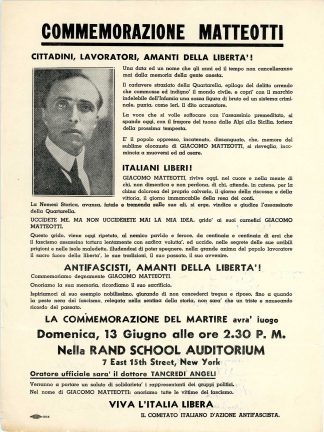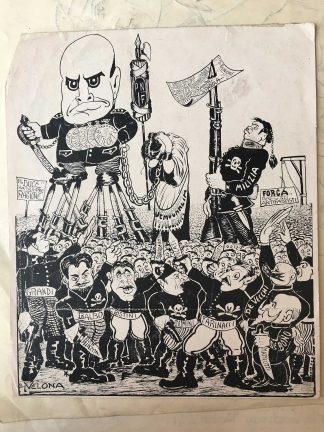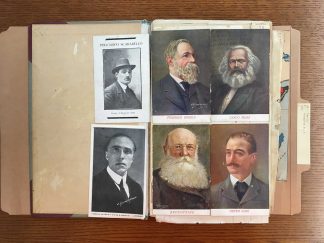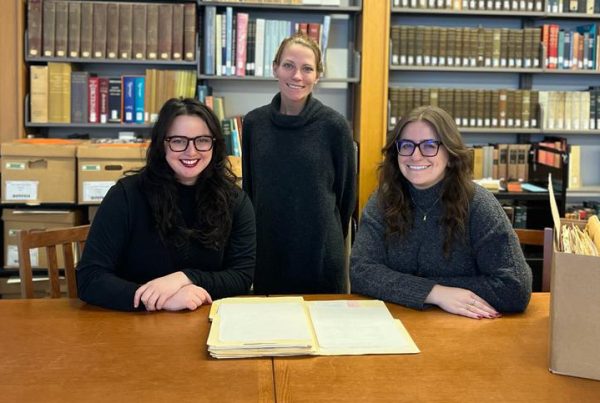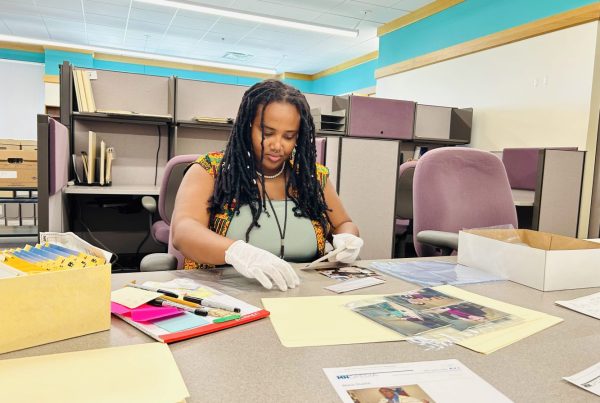On the 16th August 1924, a makeshift cross was erected in the Quartarella woods, 40km outside of Rome. It marked the spot where a body had been found – a body that had nearly spelled the end of Mussolini’s emerging Fascist regime. The memory of the victim would be honoured around the world, plague the regime throughout its 20 year rule, and become part of Italy’s new democratic identity after its liberation from Fascism in the 1940s. It would also become part of the symbolic fight between fascists and anti-fascists living in the United States.
The victim was Giacomo Matteotti – leader of the Unitary Socialist Party and Mussolini’s most vociferous opponent. On 10 June, as he did every day, he left his family home just down the road and headed towards the Italian parliamentary buildings. Only this time, St Louis-born Amerigo Dumini and his band of assassins were waiting for Matteotti in their car. When they saw Matteotti approach, they bundled him into the car and attacked him. As they fled the scene, the socialist leader threw his parliamentary identity card out the window, leaving an important clue in the subsequent hunt for his body.
The location of Matteotti’s kidnap was known and immediately became a site of pilgrimage. Mourners gathered in large groups, laying flowers and holding a silent vigil on the spot where he had last been seen. The regime responded by outlawing public commemoration of Matteotti. But they could not control memory in the United States.
Fighting the export of Fascism
In 1921, the first American branch of the Fascist party opened in New York. By the end of 1924, nearly a third of the 315 Fasci all’estero were located in the Americas, with thirteen in New York alone by 1927 – the year in which uniformed blackshirt militia were given permission to participate in the Memorial Day parade. The United States had become an outpost of the fascist-antifascist struggle, and rituals of memory became a weapon in the fight.
Matteotti’s memory was central to this symbolic struggle between fascists and antifascists. In the years after his death, commemoration ceremonies were held around the States to remember him at a time when Italy could not. These were large events; one in Boston attracted 10,000 participants, who marched through the streets carrying Matteotti’s portrait. A poster in the Fred Celli Papers calls for citizens, workers and lovers of liberty to come together on 13 June at the Rand School in New York to remember Matteotti and protest against Fascism. Celli was one of the organisers of the Matteotti League, which organised political rallies, social activities, and fundraising events in the name of the antifascist martyr. Given the great efforts Mussolini made to ensure Italians living outside of Italy remained loyal to the regime (in order to guarantee a steady stream of income back into Italy from abroad and a source of potential soldiers should Italy go to war), these grassroots organisations were essential frameworks for the transnational fight against the regime.
Some ceremonies caused significant disruption; police reserves and bomb squad were called to the 1924 event in Carnegie Hall, New York, which drew crowds of 3,000 (For an article on this event, see the IHRCA’s Anthony Capraro Papers, Box 2, ‘Matteotti Clippings’). This particular event threatened to turn violent when a fascist sympathizer was identified among the crowds by Fortunato Velona. A prominent antifascist cartoonist, Velona’s work was published regularly in the many Italian language antifascist newspapers produced in America. His papers at the IHRCA included a number of references to Matteotti; one particularly striking image shows Mussolini balancing upon knives held aloft by Fascists; on his lapel is pinned a medal that reads ‘Matteotti’. Worn like a badge of honour, the design leaves little doubt as to who Velona deemed culpable for the murder.
Matteotti’s memory was not confined to Italy and the United States, however. Several collections in the IHRCA point to an understanding of Matteotti’s position within a global left-wing tradition. His image was included on the inside cover of a scrapbook produced by Alberico Caselli (a labour activist and antifascist) alongside Engels, Marx and Kropotkine. Similarly, a postcard of Matteotti in the Fred Celli collection declares ‘non ha più patria: è del mondo’ (‘he has no country: he belongs to the world’), underlining the international reach of his memory during the global struggle against Fascism. The reverse of the postcard shows it belongs to a series simply titled: MARTYRS.
Performing loyalty
Although Matteotti’s memory was primarily used as a means of uniting the antifascist movement in the United States, it also served a second function after 1941, when Italy declared war on the US; within this new landscape of international relations, the role of Matteotti’s memory evolved. It continued to play a role in the symbolic fight against Fascism (as it had globally since 1924), but it also became an important way of reaffirming loyalty to the democratic values of the American nation. By the 1940s, his name had become global shorthand for democracy in antifascist communities. The frequent reference to Matteotti’s name made by Italians in the United States protesting against Italian World War II belligerence can also be read as a statement of loyalty to the values of their host country, at a time when their country of origin had become the enemy.


